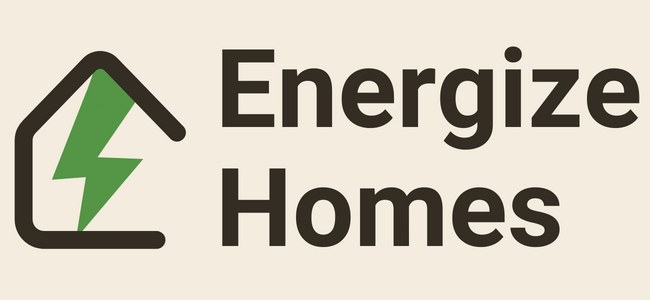The Cost of Installing a Heat Pump for a Single-Family Home: A Comprehensive Guide
When it comes to heating and cooling solutions for single-family homes, heat pumps are increasingly being recognized for their energy-efficiency and versatility. But the burning question on every homeowner’s mind is: What is the approximate cost to install one of these systems? The answer isn’t straightforward as there are multiple variables involved. In this blog post, we’ll delve into the nuances of the costs associated with heat pump installation.
Types of Heat Pumps and Their Cost
First and foremost, it’s important to clarify that there are different types of heat pumps—air-source, ground-source, and water-source. Each comes with its own set of installation challenges and costs.
| Type of Heat Pump | Average Cost (Equipment Only) | Installation Cost Range |
|---|---|---|
| Air-source | $1,500 to $4,000 | $3,500 to $10,000 |
| Ground-source | $7,500 to $20,000 | $10,000 to $30,000 |
| Water-source | $6,000 to $12,000 | $8,000 to $20,000 |
Air-Source Heat Pumps
Air-source heat pumps are the most commonly installed and generally the most affordable. These systems extract heat from the air outside and transfer it inside during winter, and vice versa in the summer. They come with SEER (Seasonal Energy Efficiency Ratio) and HSPF (Heating Seasonal Performance Factor) ratings that indicate efficiency.
Ground-Source Heat Pumps
Also known as geothermal heat pumps, these systems leverage stable ground temperatures for efficient heating and cooling. Although they offer superior energy savings in the long run, their installation cost is substantially higher due to the need for ground loops.
Water-Source Heat Pumps
Water-source heat pumps, as the name implies, extract or dissipate heat into a body of water. They are less common in residential settings but can be highly efficient if you have access to a natural water source.
Factors Influencing Installation Costs
Installation costs for heat pumps vary based on several key factors:
- Local Labor Rates: Geographic location can significantly affect labor costs, with rates being higher in urban areas.
- Home Size and Layout: Larger homes or those with complex layouts may require more ductwork or a larger heat pump unit, thereby increasing costs.
- Existing Infrastructure: Homes that already have compatible ductwork will generally cost less to outfit with a heat pump than those that require new ducts.
- Additional Components: Features like programmable thermostats or zoning systems can add to the overall installation cost.
Utility Rebates and Tax Incentives
Don’t overlook the potential for financial incentives. Federal, state, or local governments and utility companies often offer rebates or tax credits for installing energy-efficient heat pumps. These incentives can offset some of your upfront costs.
Operational Costs
Lastly, it’s essential to consider operational costs. While heat pumps typically offer lower monthly energy bills compared to traditional HVAC systems, it’s still important to account for these costs in your budget. The operational cost can be influenced by the electricity rate in your area and the system’s efficiency ratings (SEER and HSPF).
Conclusion
The approximate cost to install a heat pump in a single-family home can vary widely depending on the type of system, the specific requirements of your home, and local factors. Always consult with HVAC professionals to get accurate quotes tailored to your situation. By understanding the complexities involved in heat pump installation, you can make an informed decision that balances both initial costs and long-term savings.
